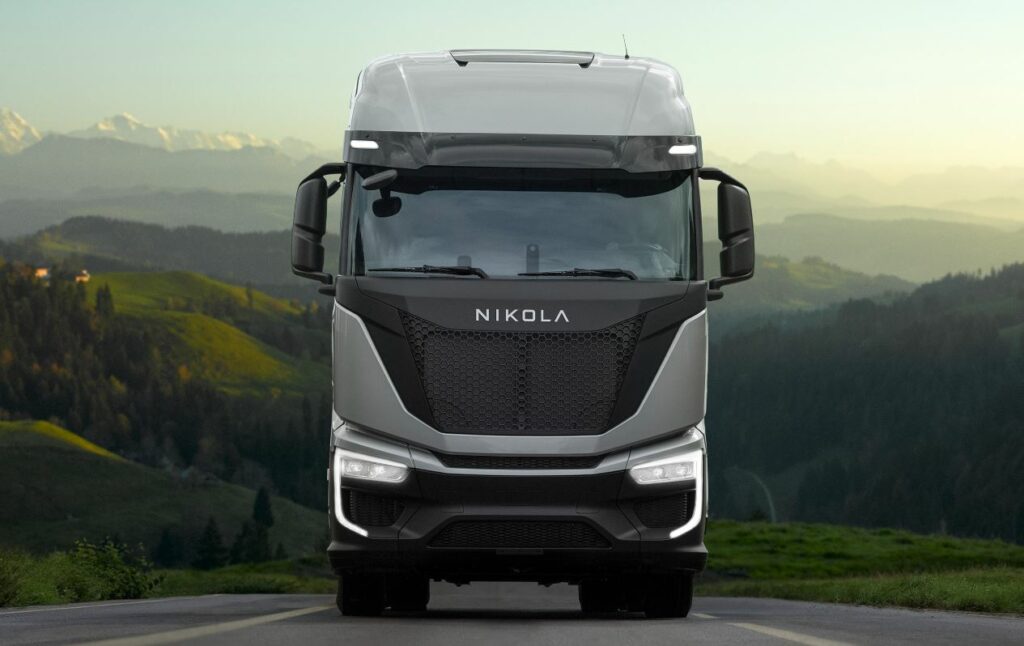The circular economy market reached $553 billion to $ 556 billion in 2023, positioning it as one of the fastest-growing sectors in the global economy. While ESG-branded investments hemorrhage capital—with record outflows of $8.6 billion in Q1 2025 alone—circular economy principles are gaining traction through raw economic necessity rather than ideological positioning. This distinction proves critical. Unlike ESG investing, which increasingly faces political headwinds, circular business models are advancing because they deliver measurable cost advantages and supply chain resilience. The sector’s growth trajectory reflects fundamental shifts in energy costs, resource scarcity, and manufacturing efficiency that transcend political cycles. Technology Convergence…
Author: Arnes Biogradlija
Since 2000, energy efficiency gains across G20 nations have offset energy demand equivalent to India’s entire consumption. Yet, despite this staggering metric, global progress on energy efficiency has stagnated—undermining one of the most readily available levers for cutting emissions, reducing costs, and improving energy resilience. Air Conditioners: A Cooling Crisis in Disguise Air conditioning is no longer a luxury—it’s a lifeline. As global temperatures rise and urban middle classes expand, the market for cooling appliances is surging. Currently, five air conditioners are sold every second. But most of these units are only about 50% as efficient as the best available…
When the European Commission quietly authored an aviation industry declaration on sustainable fuels, later sent to airline lobbyists for sign-off, it wasn’t just a bureaucratic misstep—it was a symptom of a deeper issue with the EU’s climate policy design. Behind the symbolic push for greener skies lies a regulation—ReFuelEU—that risks imposing real costs on businesses and travelers while delivering negligible climate benefits. Under ReFuelEU, the EU mandates that by 2030, all flights departing from EU airports must use at least 6% sustainable aviation fuel (SAF), with 1.2% of that consisting of Renewable Fuels of Non-Biological Origin (RFNBOs), such as hydrogen-derived…
With the EU projecting a 40% shortfall in water availability for human use by 2030, access to water is becoming a defining constraint for the future of green hydrogen. In Australia, an innovative hydrogen development strategy is attempting to solve this challenge in a way that could reshape cost and infrastructure assumptions for the sector. WATCH THE FULL INTERVIEW HERE David Green, co-founder of the Climate Impact Corporation, is leading a development approach centered on two 10-gigawatt hydrogen projects in Australia’s remote interior. These projects aim to produce hydrogen entirely off-grid, using atmospheric water generators to source water in some…
As investment in green hydrogen intensifies globally, South Korea’s Lightbridge has secured a ₩4 billion (approximately $2.9 million) Series A round, signaling investor appetite for compact, modular electrolysis systems optimized for regional deployment. The company’s strategic focus on customization and certification readiness positions it to address one of the industry’s most pressing bottlenecks: the development of localized, scalable hydrogen infrastructure. Modular Electrolysis in Focus Lightbridge, under the leadership of CEO Jong-Hoon Kim, is advancing a flexible electrolysis platform—dubbed the ‘H-Bridge’—that integrates water electrolysis, purification, compression, and charging in a single unit. This modular stack design targets small to medium-scale hydrogen…
In early 2024, German manufacturers accelerated marketing campaigns around so-called “H2-ready” gas heaters, promoting them as compliant with the new Building Energy Act. These heating systems are advertised as capable of operating on up to 100% hydrogen in the future. But while they technically meet the law’s requirement of using 65% renewable energy in new buildings, mounting expert analysis suggests the concept may be little more than a costly detour for consumers—and a lifeline for the legacy gas industry. At the core of the criticism is basic thermodynamics. Green hydrogen, produced via electrolysis using renewable electricity, suffers significant conversion losses.…
The European Investment Bank is preparing to inject €300 million into a €672 million hydrogen engine project led by Horse Technologies, the joint venture between Renault, Geely, and Aramco. The initiative places Spain—specifically the Valladolid plant—at the center of Europe’s pivot toward hydrogen internal combustion engines (ICEs), amid rising pressure to decarbonize transport without fully abandoning combustion systems. Unlike fuel cells, hydrogen ICEs rely on modified conventional engines to burn hydrogen, potentially offering a transition solution for sectors where electrification is technically or economically unfeasible in the short term. The hydrogen-powered engine under development in Valladolid is a flagship project…
Spain’s strategic push into hydrogen infrastructure just secured a significant €32.5 million grant from Brussels, with Asturias emerging as a key node in the nation’s evolving hydrogen backbone, anchoring the Runners Via de Plata and Cantábrico corridors. At the recent “Enagás H₂ Technical Day,” CEO Arturo Gonzalo underscored that this funding, part of the Connecting Europe Facility (CEF), demonstrates Brussels’ growing confidence in Enagás’ technical roadmap. He emphasized that momentum across the sector is accelerating: regulatory frameworks are tightening, infrastructure planning is maturing, and enabling technologies are proving viable at scale. Regulatory & Economic Context Spain’s hydrogen ambitions are nested within…
With only three hydrogen refueling stations completed out of a promised 60, Nikola Corporation’s collapse is culminating in a mass auction of assets once touted as pillars of the hydrogen mobility revolution.
Germany’s ambitious drive to scale green hydrogen is faltering under financial and regulatory pressures, as the largest East German energy supplier, EnviaM, withdraws from the prominent “Green Bridge” project.











